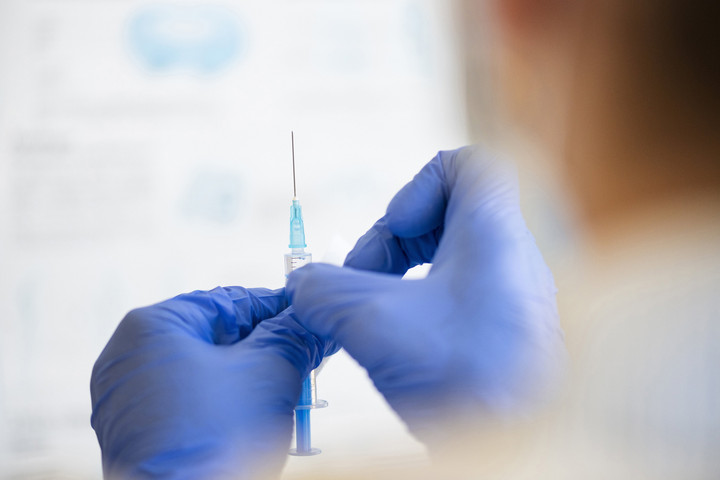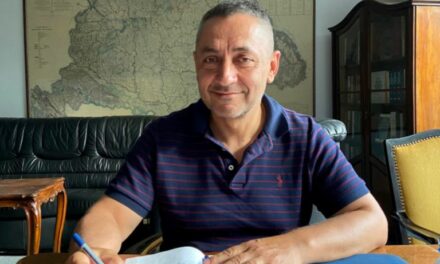It is very difficult to give a precise answer to the above question. The last time there was a census in Ukraine was in 2001 and, in principle, it will take place again this year (they used to do it every ten years). At that time, about 1 million Ukrainians (Rusyns) and 150,000 Hungarians lived in Transcarpathia (including people of Roma origin who declared themselves Hungarian).
If we discount the people of other nationalities living in Subcarpathia, the proportion of Hungarians in 2001 was 1,000 to 150, i.e. approximately 12 to 15 percent. It is interesting that the table here , the proportion of Hungarians was the highest in 1930, but even then it was "only" 30.8 percent.
According to several studies, between 2001 and 2017, the proportion of Hungarians decreased by approximately 25,000, so their number today may be somewhere around 125,000.
According to the official announcement, 2,165 people in Transcarpathia have been vaccinated with both doses so far. The Comirnaty vaccine was chosen by 1,162, Coronavac by 639, and AstraZeneca by 364. The situation is characterized by the fact that employees of law enforcement agencies, prosecutors, and employees of sanatoriums can receive the vaccine from the next shipment.
According to a May 12 data, around 900,000 people in the entire country received at least the first vaccination. Since the total population of Ukraine is approximately 44 million, if the number of vaccinations were evenly distributed among the entire population, this would mean that only 2.27 percent of the 900,000 first vaccinations would reach Transcarpathia, i.e. 20,430 first vaccinations.
If we compare this with the number of Transcarpathian Hungarians, only about 3,000 of them were able to receive at least the first vaccination (if their desire to be vaccinated was the same as that of the Ukrainians). That's a pitifully small number.
That is why the decision according to which the Hungarian government undertakes to vaccinate the Transcarpathian Hungarians who require it at the end of this month or at the beginning of June was important.












